Prevent Waste in Handling
Preventing waste during the handling phase requires best practices in receiving and storing food, and preparing ingredients and meals. The major roles and activities involved in this phase include:
![]()
![]()
![]()
Receiving | Storing | Prep | Plating & Portions
Receiving
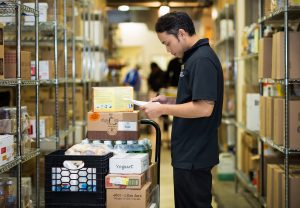 Ensure correct items are delivered.
Ensure correct items are delivered.- Ensure items received are of expected quality.
- Update quality standards to exempt aesthetics and procure “seconds” or “ugly” produce.
- Dedicate food waste bins to this area, track waste and conduct monthly audits to uncover and resolve challenges.
Storing
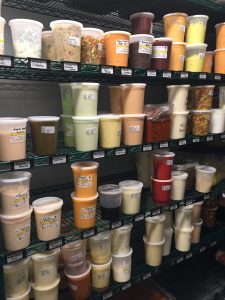 Ensure all inventory best practices are followed including FIFO, labeling and temperature standards.
Ensure all inventory best practices are followed including FIFO, labeling and temperature standards.- Dedicate space to safely store foods for donation.
- Label prepared food with use-by date and other information for reuse or donation.
- Review food stores monthly and use or donate under-utilized foods.
- Dedicate food waste bins to specific storage areas and perform bin audits to identify opportunities for waste reduction.
Prep
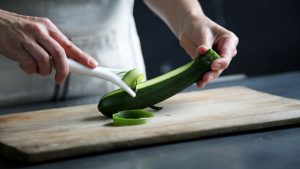 Check updated headcounts before trimming, prepping, or firing any food.
Check updated headcounts before trimming, prepping, or firing any food.- Ensure recipe specifications are readily available and easy to read.
- Ensure prep tools are in good condition and are best suited for each task.
- Plan a second use for prepped ingredients in the event of overproduction.
- Fire some items a la minute and resist firing overage until necessary.
- Encourage prep chefs to share waste reduction strategies during staff meetings.
- Dedicate food waste bins to each prep station to identify opportunities for reduction.
- If possible, set aside food scraps for animal feed donation partnerships.
- Use high yield equipment such as cook & hold technology.
Plating and Portions
- Check updated headcounts before plating food.
- Ensure measuring tools are available for accurate portioning.
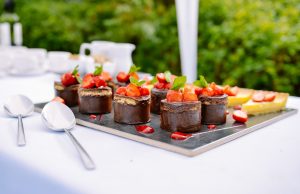 Consider alternate display or plating strategies to combat overconsumption on the buffet.
Consider alternate display or plating strategies to combat overconsumption on the buffet.- Adjust portion sizes relative to historic consumption data or observations.
Reducing Waste with A La Minute Menu Items
Breakfast buffets can be a large source of wasted food, especially high value (monetarily, environmentally, and socially) items such as cold cuts, cheese, and salmon. Based on Chef and Servers observations of hot spots for food waste on their breakfast buffet, The Hyatt Regency Orlando worked with design firm IDEO to prototype an a la minute concept for serving cold cuts and cheeses. The kitchen prepped 18 cheese and charcuterie plates, kept 17 in temperature-controlled storage, and placed one on the buffet with a conscious consumption cue prompting guests to request a plate from a banquet server.
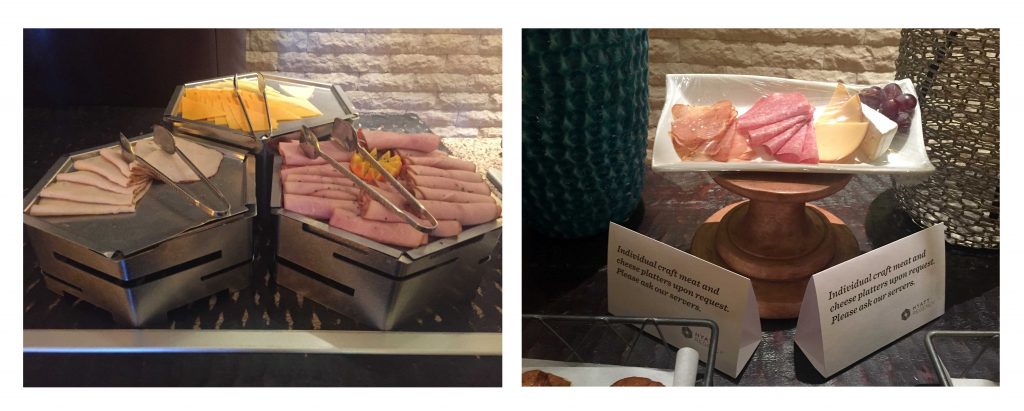
13 out of 18 prepped plates were ordered, keeping the rest of the plates food safe and ready to be used elsewhere or to be recovered for donation. This significantly reduced the amount of high value items the property needs to throw away and is having positive impact on food costs.